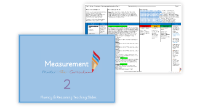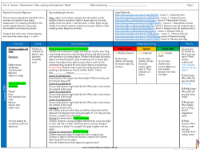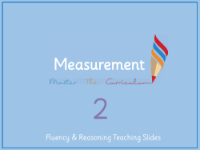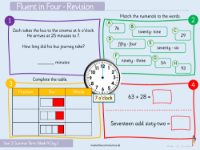Mass, Capacity, Temperature - Introducing weight and mass - Worksheet
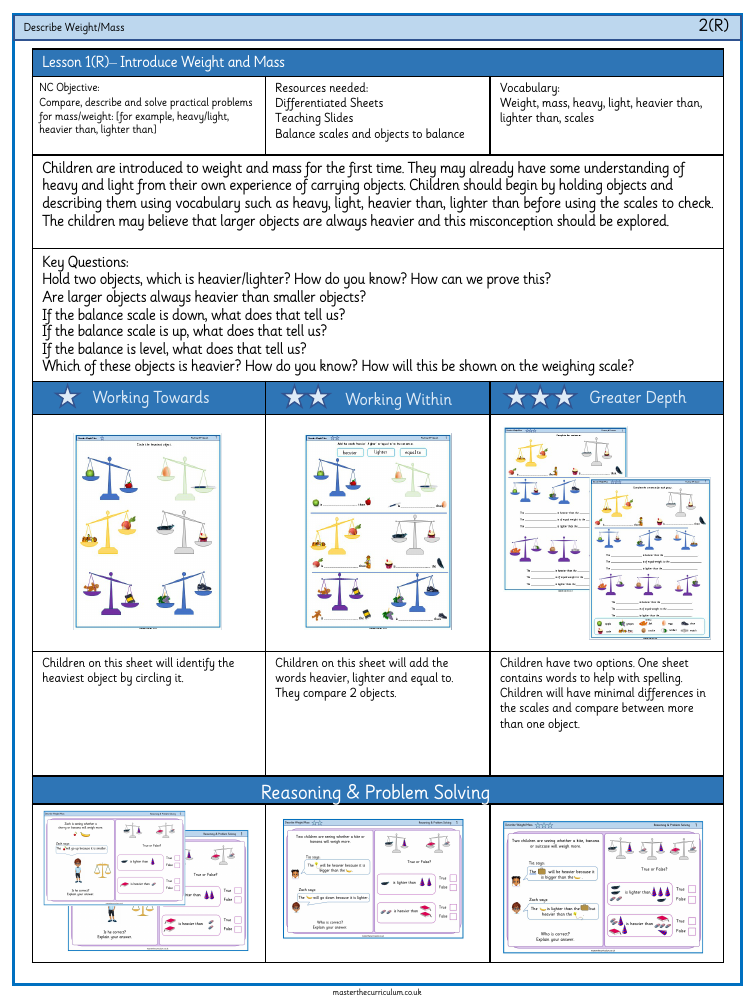
Maths Resource Description
The concept of weight and mass is introduced to children through practical, hands-on activities that allow them to explore and understand these measurements. Initially, children use their own experiences to differentiate between heavy and light objects by holding them and using descriptive vocabulary such as "heavy," "light," "heavier than," and "lighter than." Balance scales are used to compare the mass of different objects, which aids in dispelling the common misconception that larger objects are always heavier. The lesson's activities are designed to encourage children to think critically about weight and mass, asking key questions about how to determine which objects are heavier or lighter and what the position of the balance scale indicates about the objects being weighed.
Worksheets tailored to various levels of comprehension are provided to reinforce the learning objectives. Children at the initial stage are asked to identify the heaviest object by circling it, while those at a more advanced level add comparative words such as "heavier," "lighter," or "equal to" to sentences, and compare the mass of two objects. For those ready for a greater challenge, the worksheets include minimal differences in scale readings and comparisons between multiple objects. Throughout these exercises, children are encouraged to use precise vocabulary and to understand that the size of an object does not necessarily correlate with its mass. Reasoning and problem-solving activities further develop their conceptual understanding, asking them to justify their answers and apply their knowledge in different scenarios.
